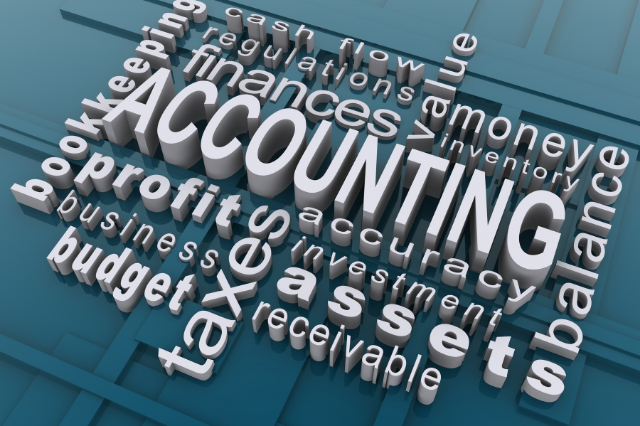10 Accounting Terms You Need to Know

As accounting professionals, we know every accounting term there is. However, we understand that everyone has to deal with money. Whether you’re running a business, dealing with a lawsuit, or trying to monitor your personal budget, it is important to speak the language of cold hard cash. Money Mastery LLC has you covered with 10 accounting terms you need to know.
Accounting Period
An accounting period is the span of time recorded in any financial statement (think income statement, balance sheet, and cash flow). Some businesses use monthly accounting periods, but most measure finances in fiscal years, calendar years, and three-month quarters.
Accrual Accounting
To understand accrual accounting, you need to know that an accrued expense is one that has been incurred but not paid. While cash accounting tracks revenue and expenses on when they are paid, accrual accounting focuses on expenses that have not yet been paid. Accrual accounting is considered more accurate than cash accounting, but is more likely to be used by a larger business.
Assets
Simply put, an asset is anything owned by a business that is worth money. This includes cash, land, and accounts receivable. There are two main types of assets, fixed and current.
Fixed Assets, or PP&E, are things the company expects to use for multiple accounting periods. Examples include buildings, vehicles, and computers. Fixed assets become depreciated over time, which is always reflected in the financial statements. If the item’s market value is less than the value on the balance sheet, it becomes an impaired asset.
Current Assets, or liquid assets, are expected to be used within an accounting period or a year. Examples include cash and short-term investments.
Balance Sheet
Sometimes abbreviated as BAL SH, the balance sheet is the record of your businesses financial history in three distinct categories: assets, liabilities, and owner/stockholder equity. It should reflect a certain period of time in your business: monthly, quarterly, or annually. Different formats used by accountants are classified, comparative, and vertical balance sheets. No matter which format you choose, you should be able to use the balance sheet to see where your company stands financially.
Cash Flow
A commonly used accounting term, cash flow is the cash that moves in and out of a company during a specified period of time. It’s important to review monthly, quarterly, and annual cash flow statements to keep track of when your business will have money to spare and when business is slow. When your cash flow dries up…your business will have to close down.
General Ledger
The general ledger is the master record of all business transactions and is used to prepare all financial statements for a business. It is broken into sub-accounts such as sales, office expenses, asset accounts, and liability accounts. When a transaction is recorded here, it is called a journal entry. Most of the 10 accounting terms you need to know will be listed in this important document.
Insolvency
One word you will hopefully never see in your financial records is insolvency, or the inability to pay your debts. Directly associated with cash flow; poor cash flow (or bad budgeting) can lead to business insolvency. With help from an accounting professional (think of Money Mastery LLC), debts can be restructured so the business can pay in smaller increments. It is not the same as bankruptcy, but it can lead to bankruptcy if ignored.
Margin (Gross vs. Net)
A business’s profit and margin may be related, but they are not the same term. While both are used to measure the performance of a business, profit measures strictly in dollars while margin measures in percentages. Margin can be used to measure the effectiveness of your budget or marketing.
There are two margin types: Gross and Net. Gross Margin is the percentage of profit a business gains after accounting for the cost of goods sold. Net Margin, on the other hand, takes all business expenses into account to show the true percentage of profit a business is earning. In addition to the cost of goods sold, it also takes into account overhead depreciation, and taxes.
Overhead
Overhead describes the cost necessary to keep your business running, not necessarily the profit exchange for products and services. Some examples include rent, advertising, insurance, and salaries. Since the goal is to pay for the overhead cost through company revenue, an increase in overhead will likely mean you must charge more for your products and services.
Trial Balance
The trial balance is a test run for an official balance sheet and is prepared at the end of each reporting period. The purpose is to make sure the total debits equal total credits and to check for mathematical errors. However, it may not detect bookkeeping errors.
These 10 accounting terms will help you manage your business finances and communicate with your accountant to meet your goals. Need a professional accountant? Don’t delay getting your finances in order, contact Money Mastery LLC today!